Kyoto Kimono ExperienceArashiyama Bamboo Forest Gallery
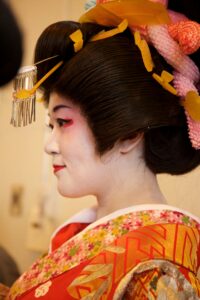
Kyoto Kimono Museums Visual Gallery Enhancement
- Mythical Animals in Kimono Patterns: Dragons, Phoenixes, and Kirin
- Introduction: Kyoto’s Timeless Kimono Traditions
- 1. The Symbolism of Mythical Animals in Japanese Culture
- 2. Dragons (Ryū) – Power and Protection
- 3. Phoenix (Hō-ō) – Renewal and Eternal Beauty
- 4. Kirin – The Noble Guardian
- 5. Where to Experience Mythical Animal Kimonos in Kyoto
- 6. Modern Interpretations – From Tradition to Fashion
- Conclusion: Wearing Legends in Kyoto
Mythical Animals in Kimono Patterns: Dragons, Phoenixes, and Kirin
Introduction: Kyoto’s Timeless Kimono Traditions
When walking through the streets of Kyoto, especially districts like Gion, Higashiyama, and Arashiyama, it is impossible not to notice the breathtaking elegance of kimonos. These traditional garments are more than just clothing; they are canvases that carry centuries of Japanese symbolism, mythology, and artistry.
Among the many designs woven into kimono fabric, mythical animals stand out as some of the most powerful and culturally significant. From the fierce dragon to the reborn phoenix, and the noble kirin, these motifs tell stories of strength, renewal, and divine protection.
In this article, we’ll dive into the fascinating world of mythical creatures in kimono design, exploring their history, meanings, and why they continue to enchant people who visit Kyoto today.
👉 If you want to experience Kyoto’s kimono culture for yourself, you can even book a professional photo session while wearing a kimono. Learn more at AllPhoto Kyoto.
1. The Symbolism of Mythical Animals in Japanese Culture
Kimono as a Storytelling Art
Kimonos are not random fashion items; they are visual stories. Every color, fabric, and motif is carefully chosen to reflect:
- Seasons (cherry blossoms for spring, maple leaves for autumn).
- Personal wishes (longevity, prosperity, good fortune).
- Cultural identity (family crests, regional styles).
When mythical animals appear on kimonos, they often symbolize divine power, good luck, and protection. Wearing these motifs in Kyoto’s traditional streets makes the experience feel like stepping into a living legend.
2. Dragons (Ryū) – Power and Protection
The Dragon in Japanese Mythology
Unlike Western dragons that are often destructive, Japanese dragons are protectors of water, rain, and prosperity. They are associated with wisdom and spiritual strength.
Dragons in Kimono Patterns
- Dragons often appear on men’s kimonos or samurai attire, symbolizing courage and leadership.
- Their design usually includes clouds and waves, emphasizing their mastery over nature.
- Kyoto artisans often weave dragons using gold threads, making the kimono shimmer like dragon scales.
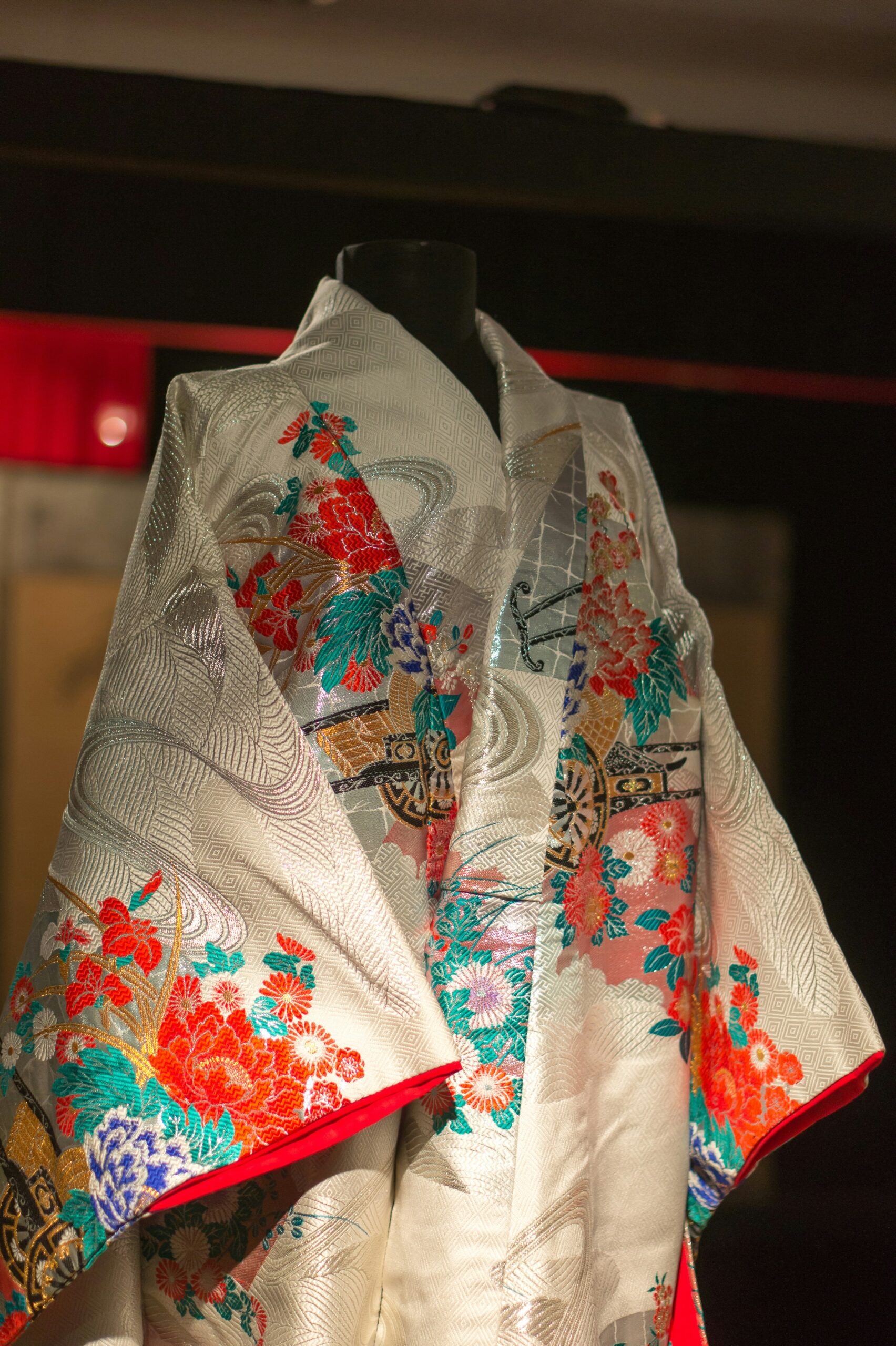
Cultural Experience in Kyoto
Visitors who wear dragon-patterned kimonos often choose photo sessions in front of temples like Kenninji, where dragon ceiling paintings inspire awe.
3. Phoenix (Hō-ō) – Renewal and Eternal Beauty
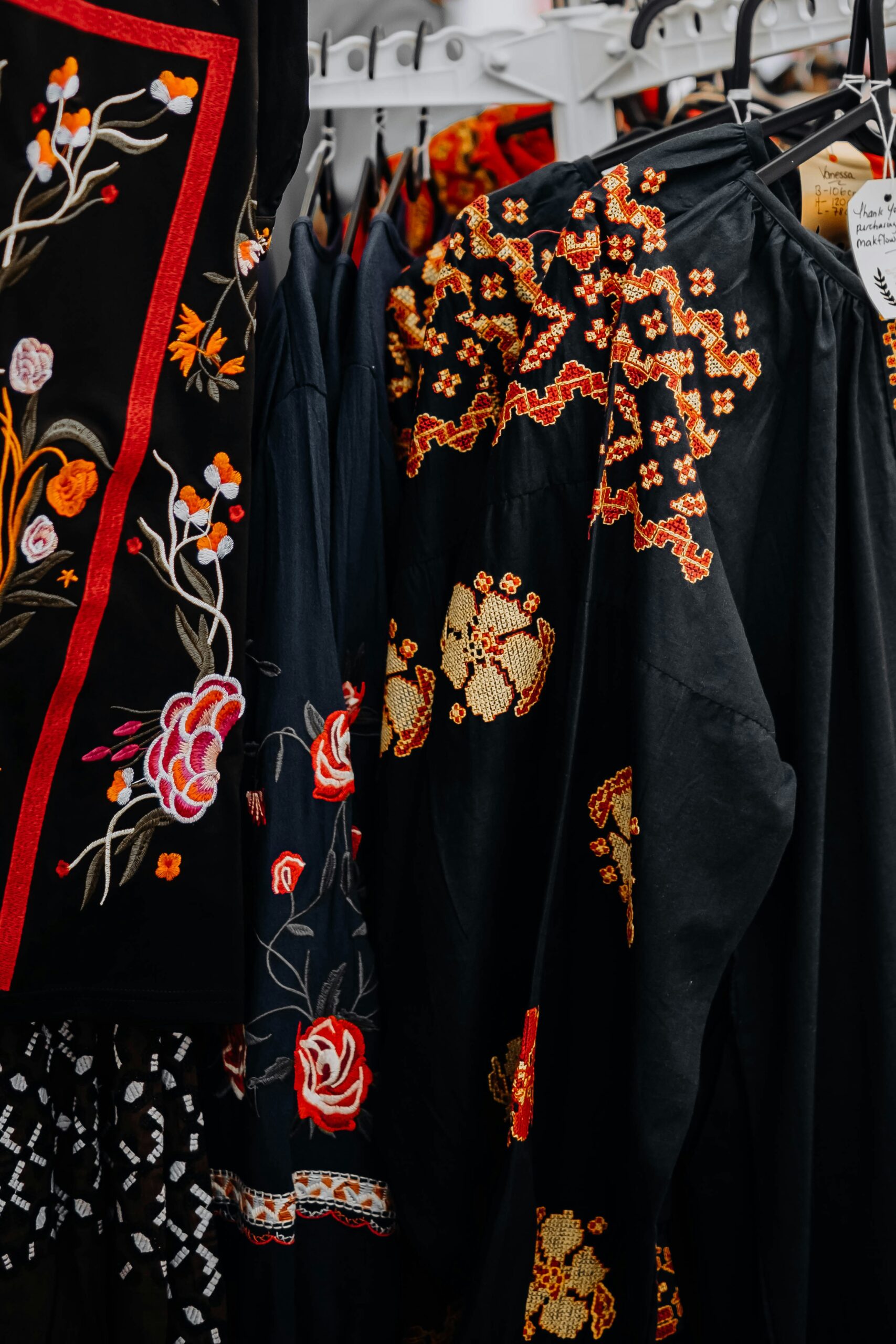
The Phoenix in Japanese Culture
The phoenix, or Hō-ō, is a bird of legend that rises from its ashes, symbolizing rebirth, hope, and immortality. It is also connected to peace and good governance.
Phoenix Motifs in Kimono
- Commonly found on bridal kimonos (uchikake), representing new beginnings.
- Designed with vivid reds, golds, and fiery feathers, mirroring the bird’s flames.
- In Kyoto, many Geisha and Maiko kimonos feature phoenix motifs, highlighting grace and elegance.
Phoenix and Kyoto Traditions
During wedding ceremonies or cultural festivals in Kyoto, the phoenix appears frequently. Wearing a phoenix kimono while strolling through Yasaka Shrine adds a layer of symbolism to the experience.
4. Kirin – The Noble Guardian
The Kirin’s Mythical Role
The Kirin is a creature resembling a deer or horse with dragon-like features. In Japanese folklore, it is seen as a guardian of justice and purity, appearing only during the reign of a wise and just ruler.
Kirin in Kimono Art
- Rare but highly valued motif.
- Found on formal kimonos used by nobles or important ceremonies.
- Often designed with celestial motifs (clouds, stars, lotus flowers).
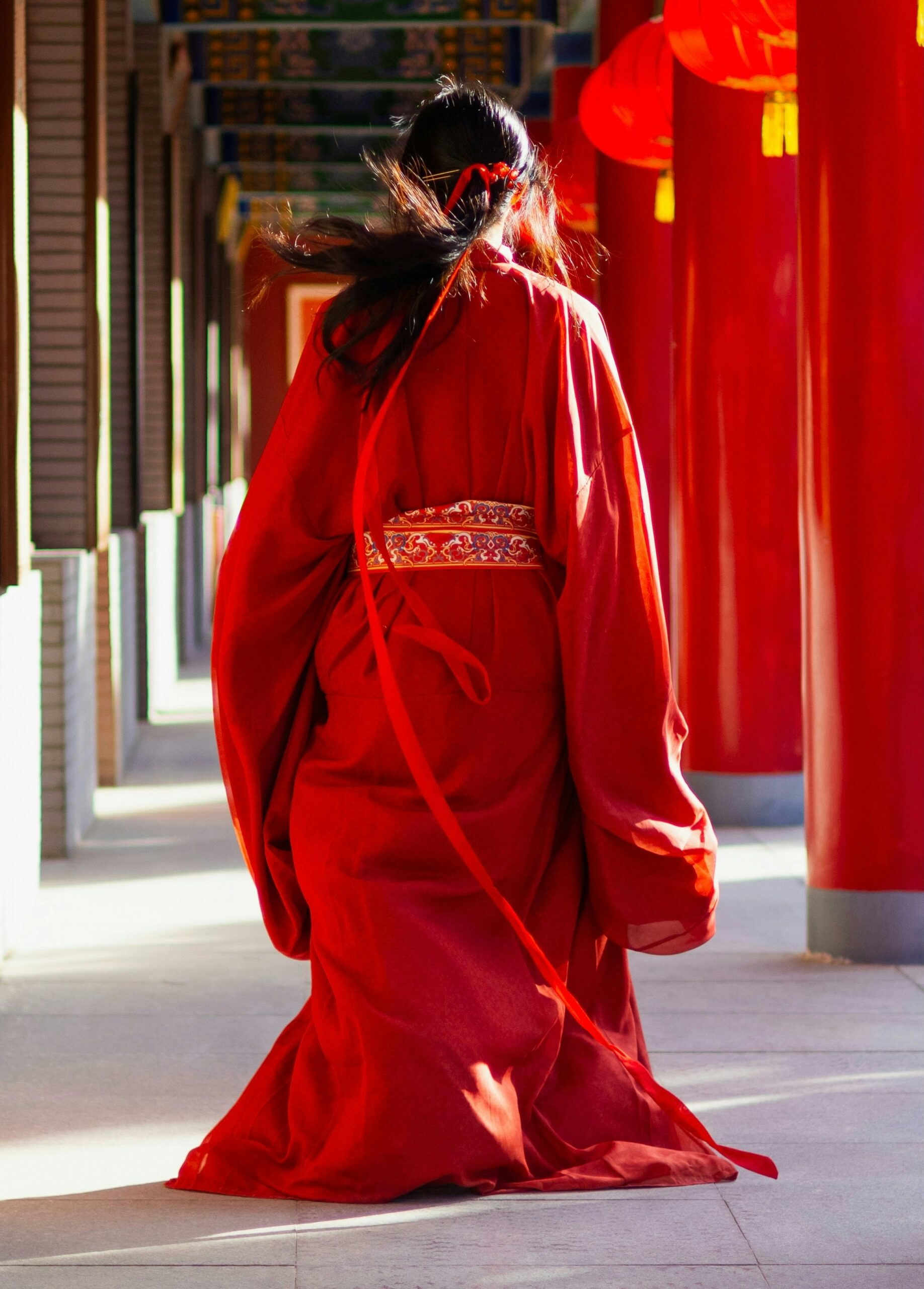
Experiencing the Kirin in Kyoto
While the kirin is less commonly worn, visitors who choose such designs often capture photos in imperial gardens or palace grounds in Kyoto, connecting with the creature’s noble symbolism.
5. Where to Experience Mythical Animal Kimonos in Kyoto
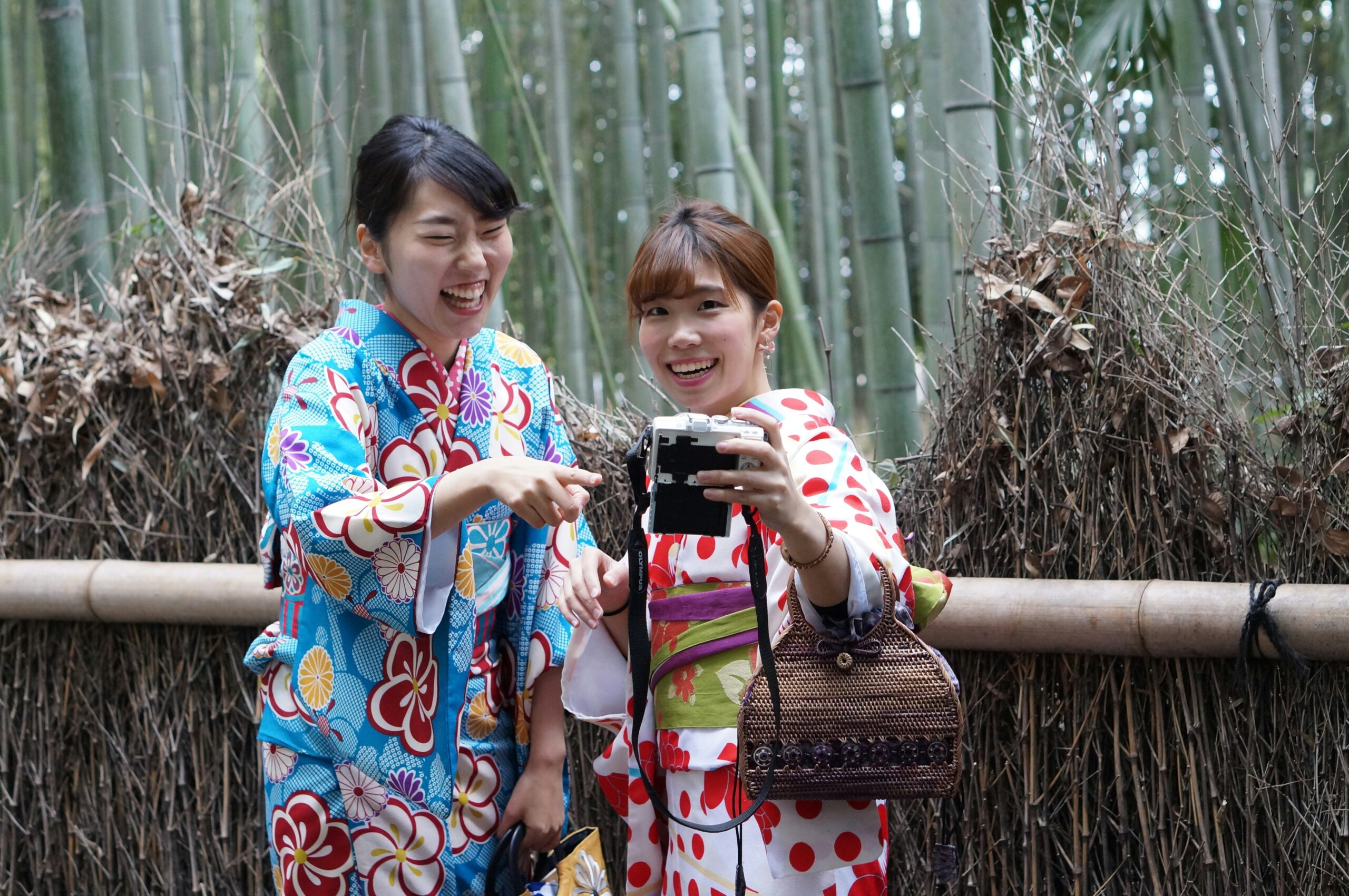
Kyoto is home to numerous kimono rental shops, cultural workshops, and photo studios where you can wear and capture the magic of mythical creatures on fabric.
Some recommended experiences:
- Kimono rental in Gion – Walk through historic streets like Pontocho and Hanamikoji.
- Temple photoshoots – Pose in dragon or phoenix kimonos at temples like Kenninji, Yasaka Jinja, or Sanjūsangendō.
- Seasonal festivals – During Kyoto’s festivals, mythical motifs gain even more meaning.
👉 Book your own professional kimono photoshoot at AllPhoto Kyoto to immortalize your experience.
6. Modern Interpretations – From Tradition to Fashion
While traditional Kyoto artisans continue to craft kimono with mythical creatures, modern designers are reimagining dragons, phoenixes, and kirin in contemporary fashion.
- Haute couture designers mix silk kimono fabrics with Western dress styles.
- Anime and pop culture revive mythical animals in stylized clothing.
- Tourists in Kyoto can rent lighter, modern kimonos that still feature mythical motifs but are more comfortable to wear.
This blending of old and new ensures that these legendary symbols remain relevant and admired worldwide.
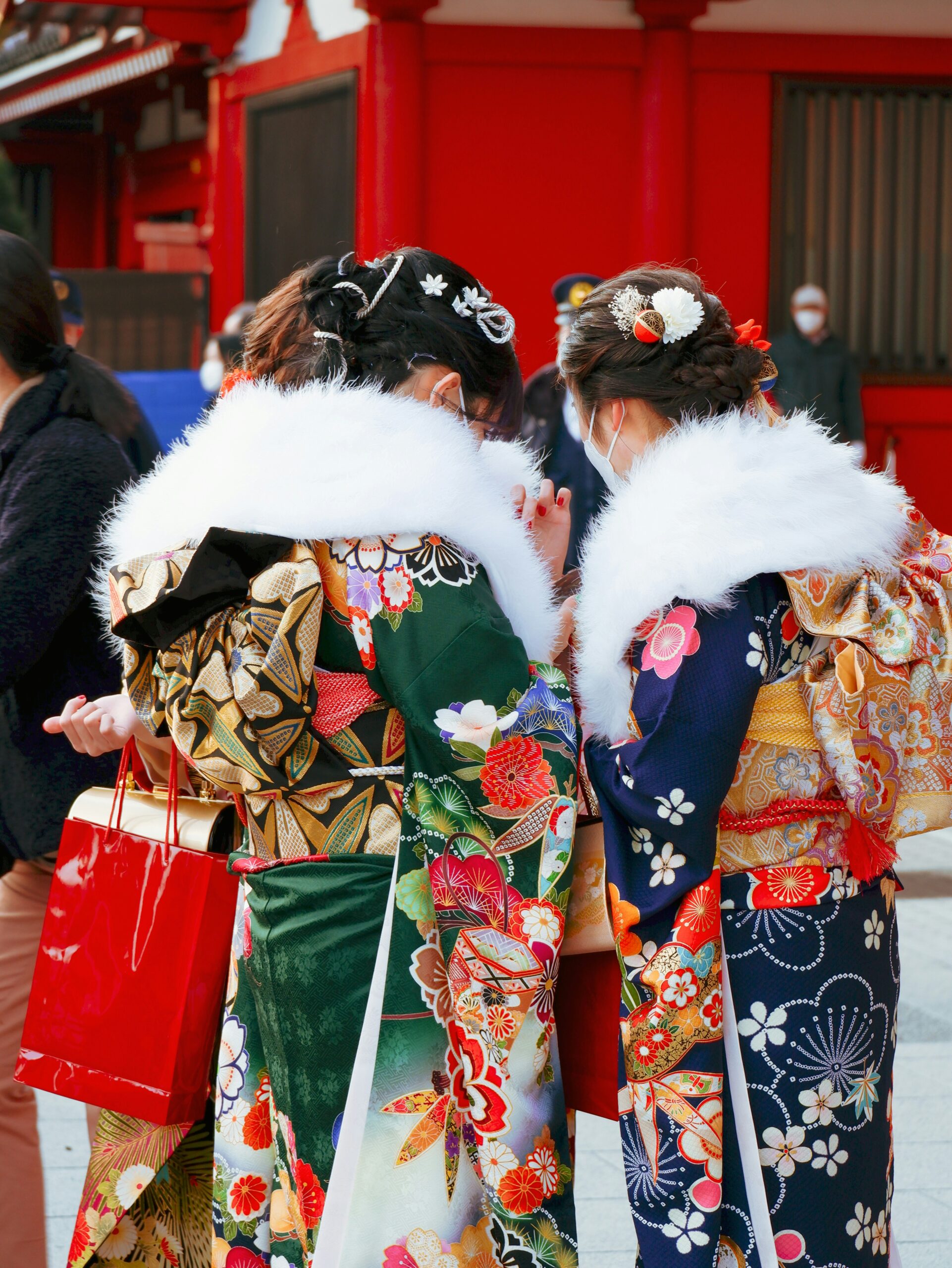
Conclusion: Wearing Legends in Kyoto
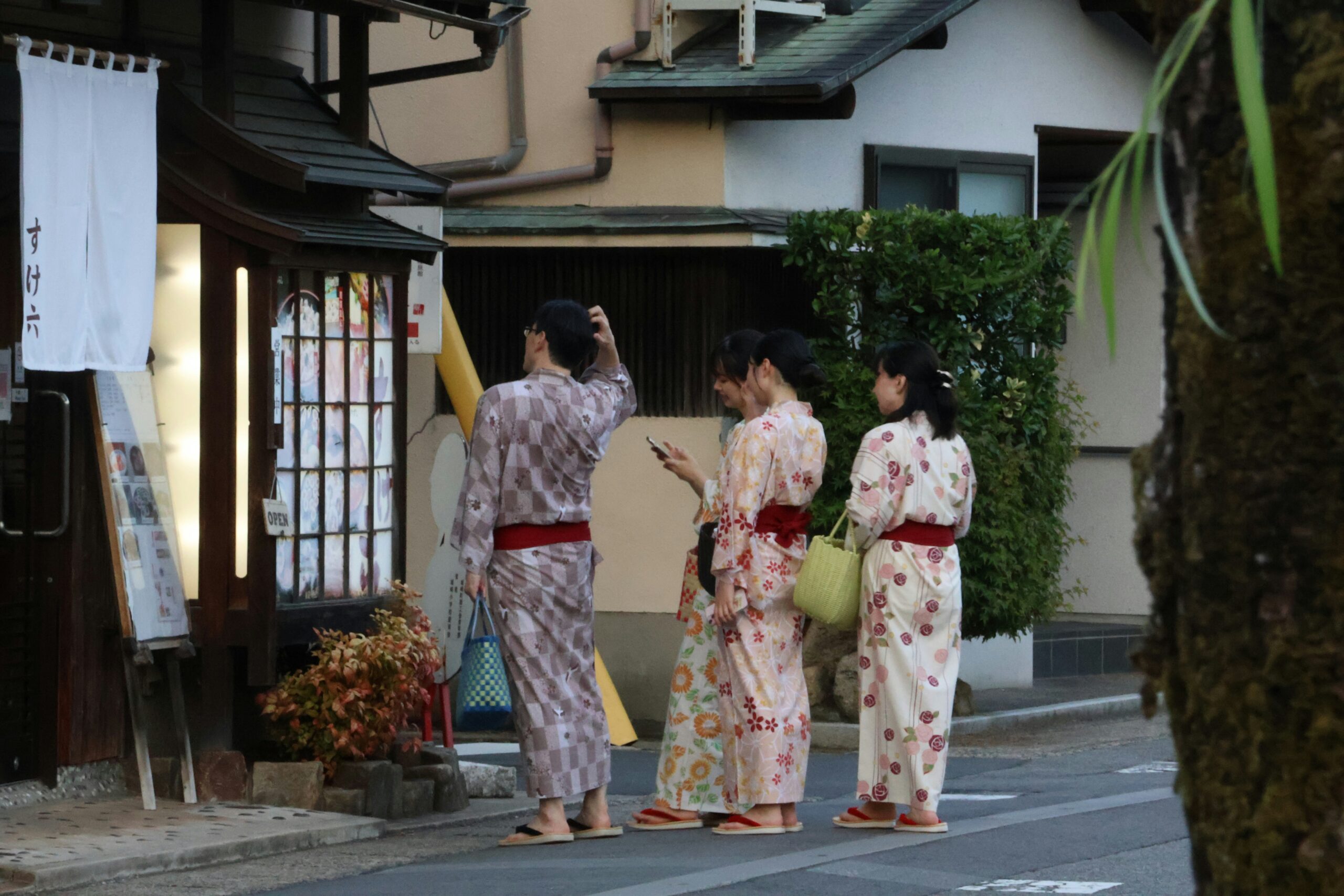
Dragons, phoenixes, and kirin are more than designs; they are living stories woven into silk. Wearing these mythical patterns in Kyoto allows you to step into Japan’s cultural legacy while expressing power, beauty, and elegance.
Whether you choose the fierce dragon, the graceful phoenix, or the noble kirin, each kimono tells a story of resilience and tradition.
👉 Ready to create your own legendary memory in Kyoto? Book your kimono photography session today at AllPhoto Kyoto.


コメント